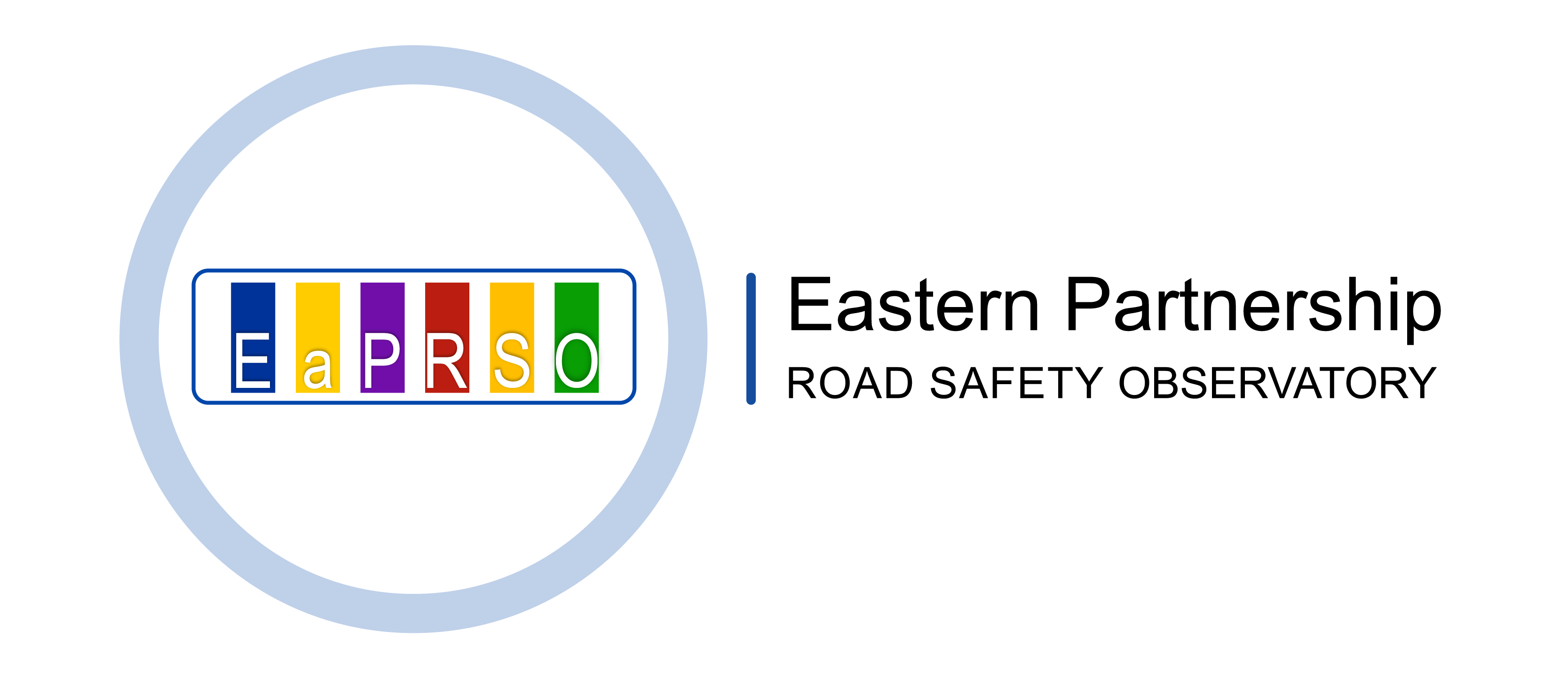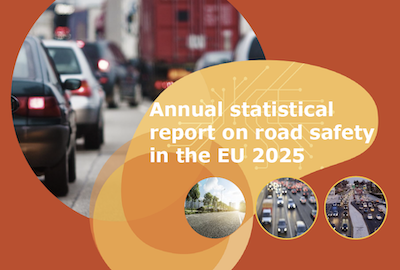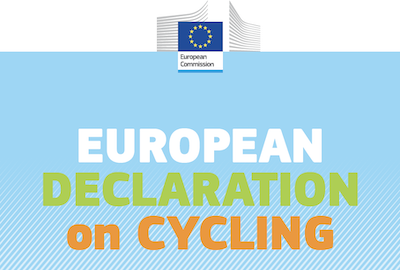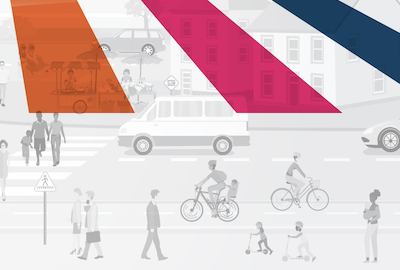Editorial by Claire Depré, Head of Unit, Road Safety, European Commission Directorate-General for Transport and Mobility (DG MOVE).

As we mark this year's UN Global Road Safety Week focusing on "Safe Walking and Cycling," it's the perfect time to highlight the EU's commitment to safer cycling through the European Cycling Declaration. With cycling becoming a cornerstone of sustainable mobility across Europe, ensuring cyclist safety is critical to our success.
Safety First
The European Cycling Declaration makes it clear: safety isn't just important—it's essential for getting more people on bikes. Many potential cyclists hesitate simply because they don't feel safe on roads dominated by cars and trucks. This fear is valid. Cyclists remain among our most vulnerable road users, and cyclists are the only road user group in the EU where numbers have not declined over the last decade. That demands immediate attention as we encourage more people to embrace this sustainable and healthy transport option.
Building Better Infrastructure
The EU Cycling Declaration emphasizes that "more and better safe cycling infrastructure across the EU is essential." This means creating networks of protected cycle paths that genuinely connect places where people need to go, in both cities and inter-urban areas.
The European Commission is currently working on developing EU guidance on standards for road infrastructure requirements regarding vulnerable road users, for the main roads that fall under the RISM Directive[1]. But apart from this legislative work, it is also supporting cities to develop safe cycling infrastructure as part of their Sustainable Urban Mobility Plans, and encouraging peer learning on cycling infrastructure through initiatives like the EU Road Safety Exchange and the European Road Safety Charter.
Protected cycling lanes—physically separated from motor traffic—provide the highest level of safety. But the Declaration also highlights the need for secure bike parking, recognising that safety concerns extend beyond the journey itself.
The Safe System Approach
While good infrastructure is fundamental, the Declaration advocates for comprehensive safety strategies following the 'Safe System' approach. This approach recognises that humans make mistakes and advocates the design of transport systems that protect everyone when errors inevitably happen.
For cycling, this means:
- Managing speeds where cyclists and cars share space
- Promoting respectful road sharing between all users
- Designing vehicles with cyclist detection and safety features
All these elements need backing by consistent enforcement of traffic rules that protect vulnerable road users. One example is in relation to driver education. The EU recently agreed revisions to its driving license rules that will require learner drivers to demonstrate greater risk awareness of vulnerable road users, such as cyclists, during their driving tests.
Fixing the Data Gap
A major challenge we face is patchy data collection. Without consistent information about cycling incidents and infrastructure usage, authorities are working partially blind when designing safety improvements.
Some EU countries or regions track cycling movements and collisions in detail, while others barely distinguish them from general traffic statistics. This inconsistency makes it hard to identify the most effective safety measures or target resources where they're most needed.
The Commission is now working to standardise how data on numbers of people cycling and kilometres cycled is collected across member states. Being able to plot that against fatality and injury data will help pinpoint better where investments and policy interventions should best be targeted.
In addition, further efforts are needed to improve data on when cyclists are injured. Because most road safety data is based on police reports, there is often a data gap in cases where there has been an incident but no police involvement. That gap could be filled by more consistent reporting of hospital data in accordance with the MAIS3+ scale.
Better data means smarter decisions and more lives saved.
Creating a Safety Culture
The Declaration highlights the importance of education, particularly in schools. Teaching safe cycling from an early age not only creates safer cyclists but also more aware future drivers who better understand cyclists’ vulnerability.
School-based programmes combining practical skills with traffic rule knowledge are showing promising results across several member states. These programmes are building the foundation for a more respectful road culture. The best road safety education projects for children can be highlighted as good practices by the EU Road Safety Charter and can even enter the annual Excellence in Road Safety Awards!
Including New Mobility Options
An important insight from the EU Cycling Declaration is that better cycling infrastructure also benefits newer transport modes like e-scooters. These micro-mobility options share many safety challenges with cycling and require similar protective measures. It also makes mobility more accessible, for instance for wheelchair users.
As we improve cycling safety, we're creating a more inclusive system that accommodates all vulnerable road users, not just traditional cyclists.
Moving Forward Together
During this UN Global Road Safety Week, we're reminded that sustainable mobility must also mean safe mobility. The European Cycling Declaration provides our roadmap—calling for better infrastructure, comprehensive safety approaches, and educational initiatives.
Our challenge now is putting these principles into action. With improved data collection, strategic infrastructure investments, and holistic safety planning, we can create a cycling environment where safety is the norm, not the exception.
The vision is clear: safe cycling networks, supported by thoughtful safety systems and reliable data, will form the foundation of the cycling-friendly Europe that the Declaration envisions—a Europe where more people choose bikes because cycling is safe, healthy and convenient.
[1] Directive (EU) 2019/1936 on road infrastructure safety management




